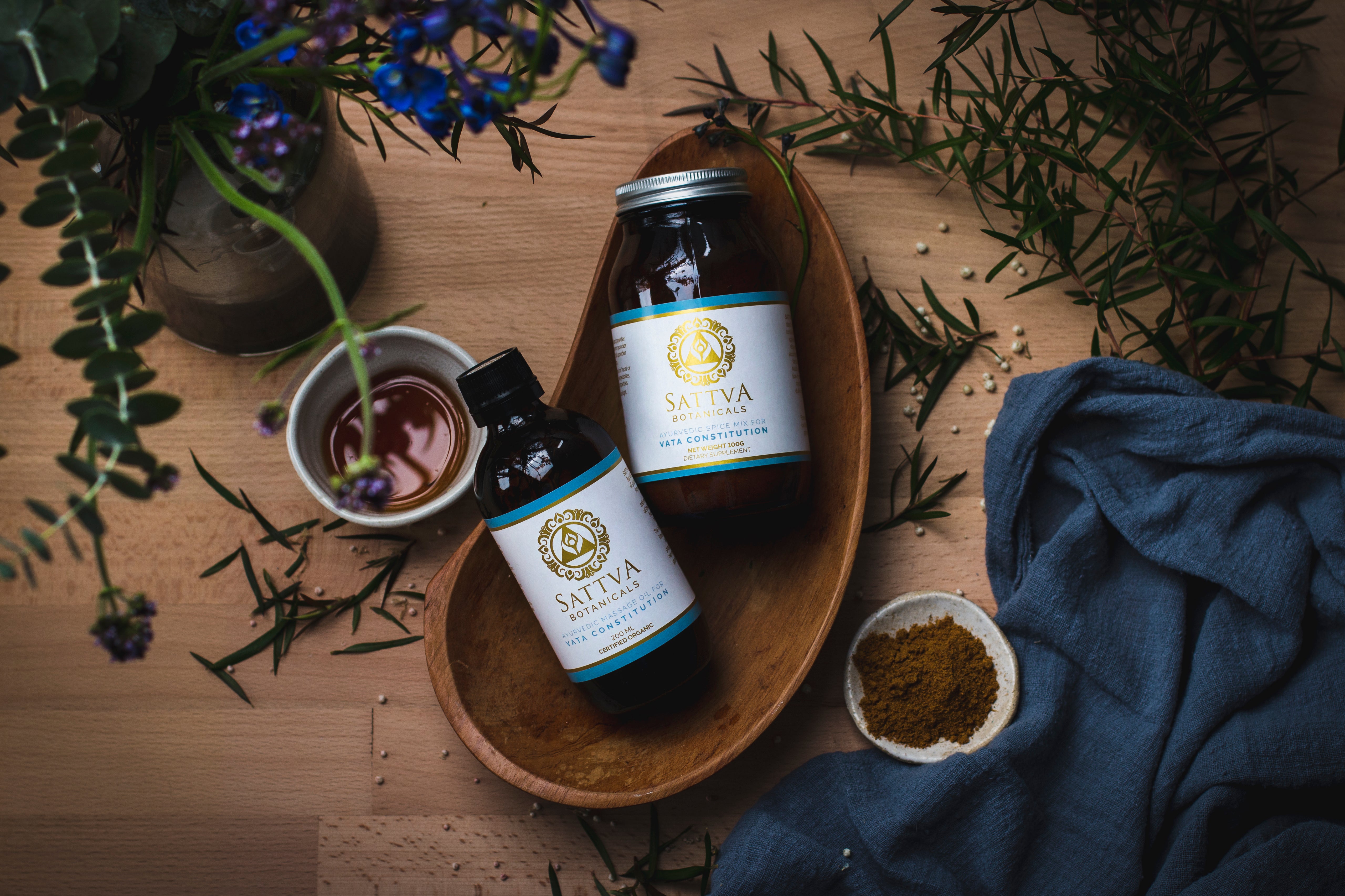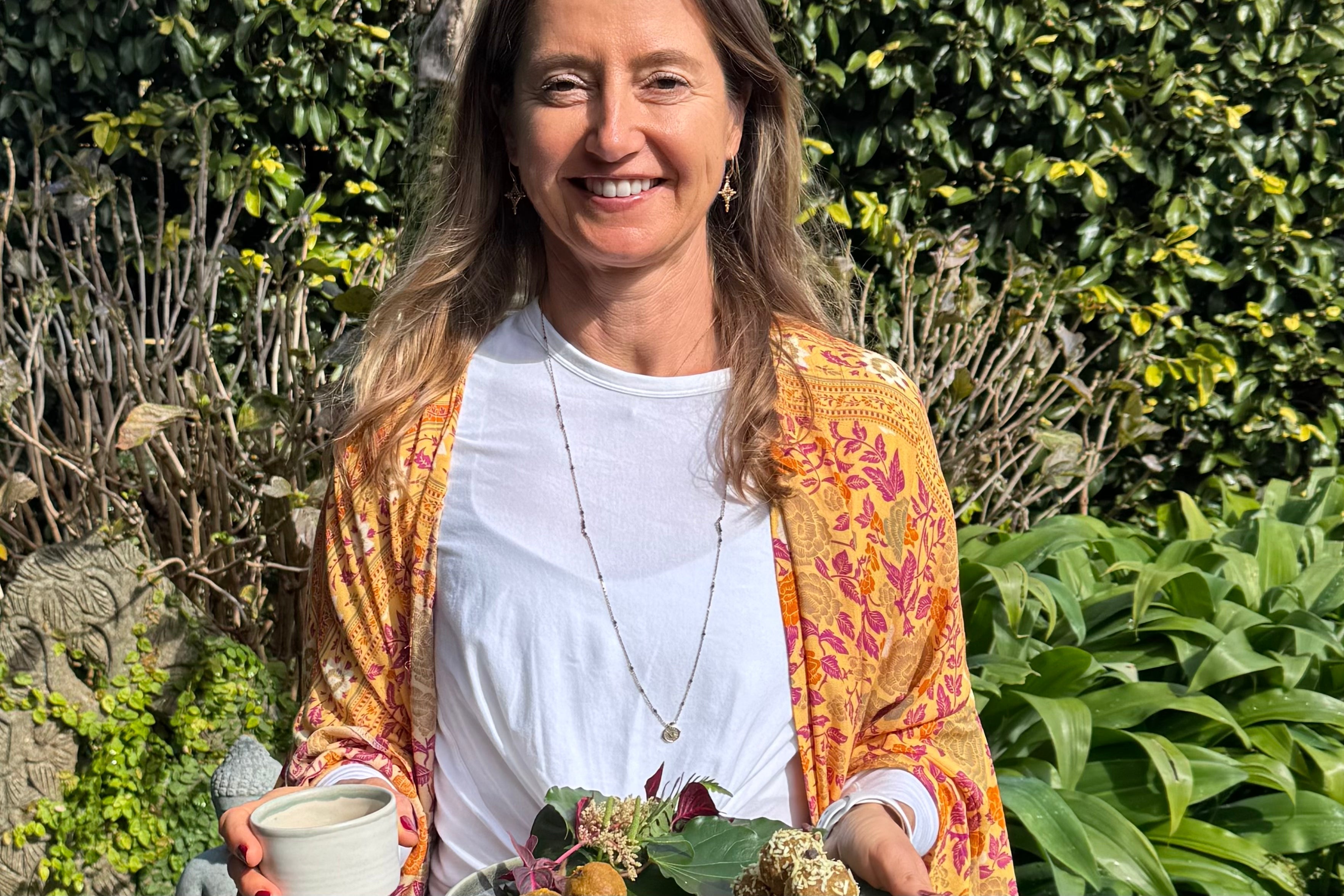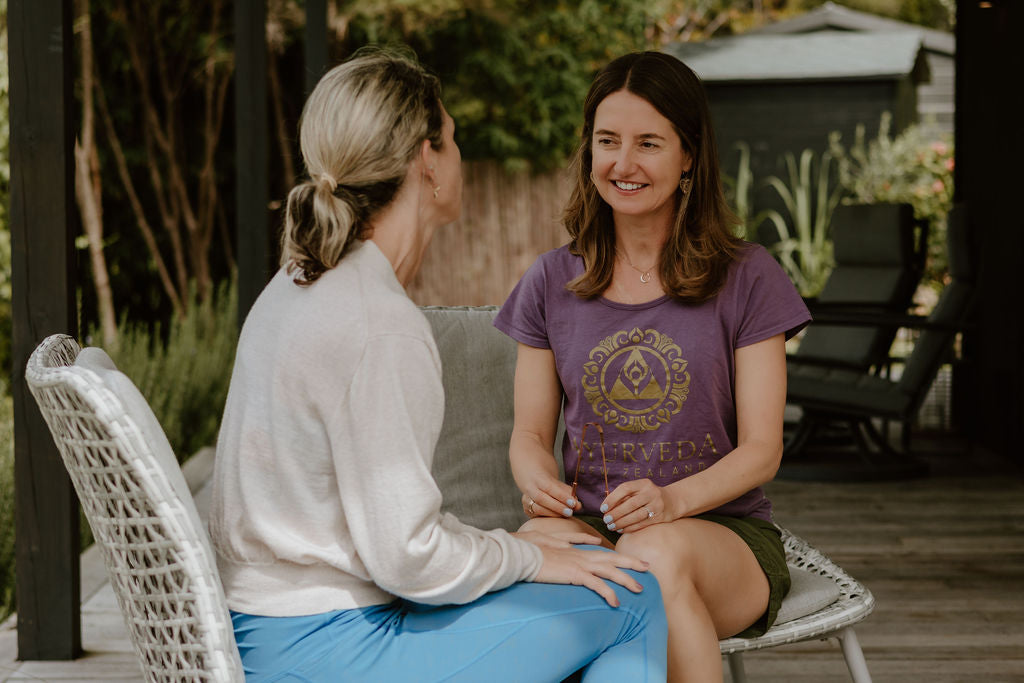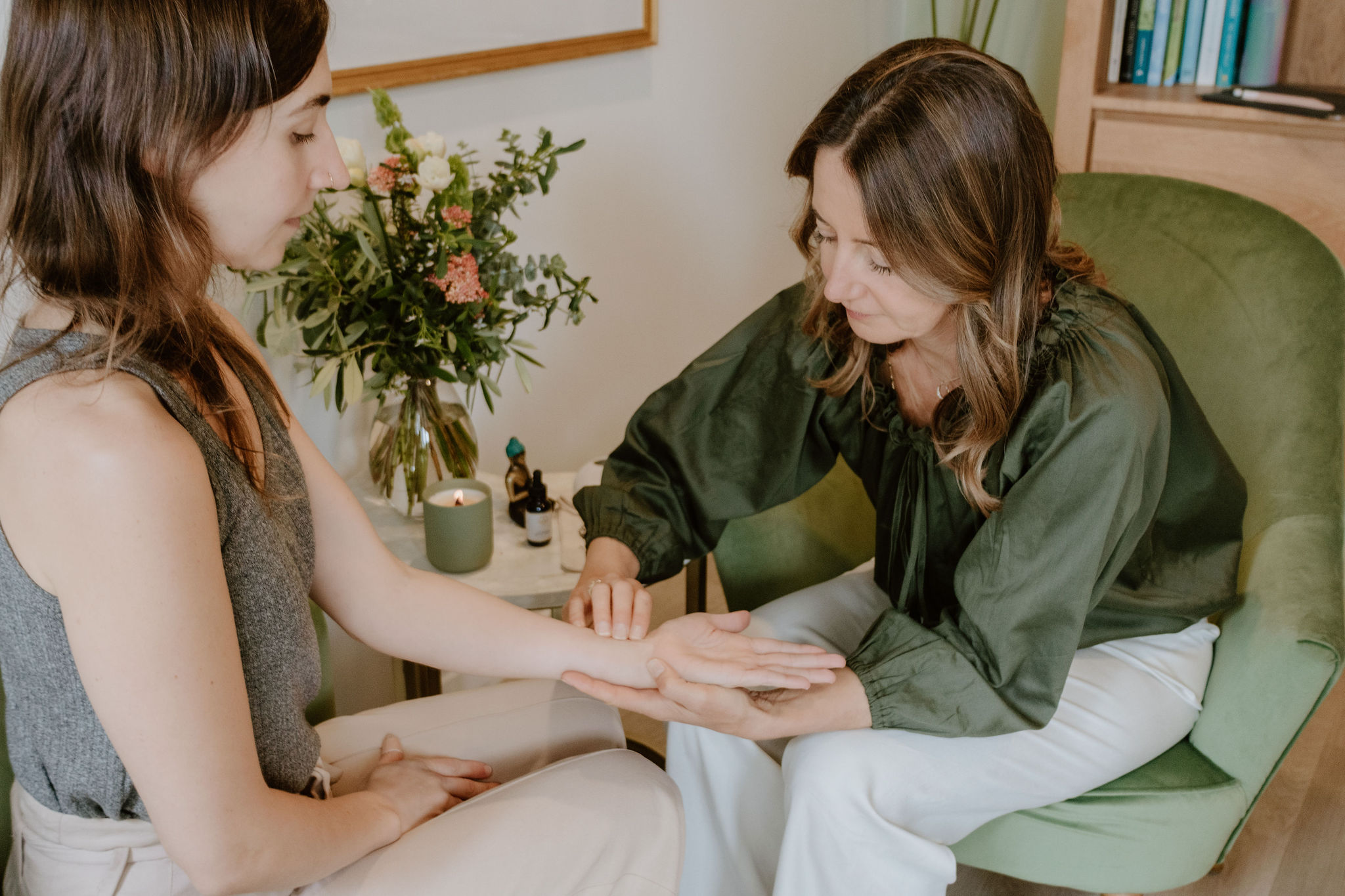Spring and Autumn are traditionally recognised as the optimal seasons of the year for a deep cleanse and 'detox' of our bodies. This Spring, more than ever after a long winter of lockdown, we will benefit from cleansing and purifying body and mind.
From an Ayurveda perspective, our Vata is aggravated in the current environment due to uncertainty, emotional ups and downs and the windy changeable weather. Hence it is recommended to follow a Vata pacifying diet and lifestyle. Adding the Vata Spice mix to your cooking and using the Vata massage oil for your daily self-Abhyanga massage will help to achieve this goal.
Panchakarma is Ayurveda’s a traditional purification and detoxification therapy, and in Sanskrit, Panchakarma translates to 'Five Actions', referring to five cleansing treatments designed to flush out toxins.
We all know the feeling of being tired, having flat energy, feeling bloated and physically lethargic. Panchakarma can switch you from a state of 'blah' to feeling amazing.
Signs of a successful Panchakarma treatment - you will enjoy:
- an abundance of energy
- sound sleep
- clear whites of eyes
- feeling mentally bright
- the emotional resilience to handle change
- fresh breath
- healthy appetite
- any white coating on tongue clears up
- any lingering sinus or chest congestions cleared up
- regular bowel movement without gas or bloating
In Ayurvedic medicine, Panchakarma therapy is used to maintain and promote optimum health, and also to support our bodies in the fight against any chronic diseases.
Two Ayurvedic terms to know: Ama and Dosha
Ama is a Sanskrit term that refers to undigested food and emotions that get absorbed into the system without proper assimilation. Such partly digested material cannot be used by the body, and acts to clog all the systems, eliciting an immune reaction. The formation of Ama is the first stage of the disease process and energy vitiation.
Dosha refers to a bodily humour or bio-energy. Balanced doshas create a state of wellness, but when imbalanced they act as ‘faults’ and fail to support good health.
Understanding the benefits of Panchakarma treatments
Panchakarma inverts the movement of Ama and is designed to draw accumulated impurities out of the Dhatus (tissues), returning them to the digestive tract and expelling toxins from the body.
Panchakarma takes advantage of the naturally occurring cycles of ‘doshic migration’ and utilises the active phases of each dosha to draw dosha-specific Ama out and eliminate it from the body. That makes Panchakarma different from other detoxification and purification therapies.
How long does a Panchakarma Treatment take?
The duration of a Panchakarma programme varies, and depends if you are in a retreat setting, or doing a mini Panchakarma at home under our supervision with treatments at our Ayurveda NZ clinic in Freemans Bay. The Panchakarma treatment programme can be tailored to suit you. Between 5-10 days is a good amount of time to complete a successful Panchakarma.
Panchakarma is a three-stage process
1. Purva Karma - Pre-treatments
Purva Karma are preliminary procedures to prepare the body to unload stored toxins. The three main steps are Pachana (dissolve Ama), Deepana (stimulating agni) and Snehana (oleation).
- During the first stage, the daily intake of the Ayurvedic herbal preparation Triphala supports this process to dissolve toxins in the tissues and transport them into the digestive tract.
- To stimulates the digestive fire and prepare the gut for a deep cleanse, the daily intake of the Ayurvedic herbal formula Trikatu is recommended.
- During Panchakarma therapy it is suggested to follow a monodiet of Kitchari.
The main Pachakarma treatments are offered at our Ayurveda NZ clinic on request. These include Shirodhara, Abhyanga massage, Garshana, Nasya, and Marma Therapy.
A laxative day at the end of the main treatment phase aims to flush out all the accumulated toxins and impurities from the digestive tract.
Soups and kitchari are the suggested diet for 1-2 days.
3. Paschat Karma - post treatments include rejuvenating massages and the administration of Rasayanas such as Chyawanprash and Ayurvedic Jams.
To complete the post-treatments and re-establish our optimal gut flora and micro-biome, an oil enema (Matra Basti) with Brahmi taila or Ashwagandha taila is recommended. These are two medicated oils (in Sanskrit: taila) full of healing properties and ayurvedic goodness to balance Vata.
Want to ask more or make a Panchakarma booking?
If you are interested in Panchakarma Therapy, please contact me and we can discuss a personalised treatment plan for you. A non-residential Panchakarma package will be offered at the Ayurveda New Zealand clinic once we re-open our doors for consultations and treatments.
Panchakarma retreats
In 2022 I am planning to run a Spring and Autumn Panchakarma retreat in a beautiful setting outside of Auckland. Please contact me if your are interested and I will put your name on the waitlist.






Share:
Amalaki Fruit - the Ultimate Immune Booster
Discover your Dosha - and why it matters!